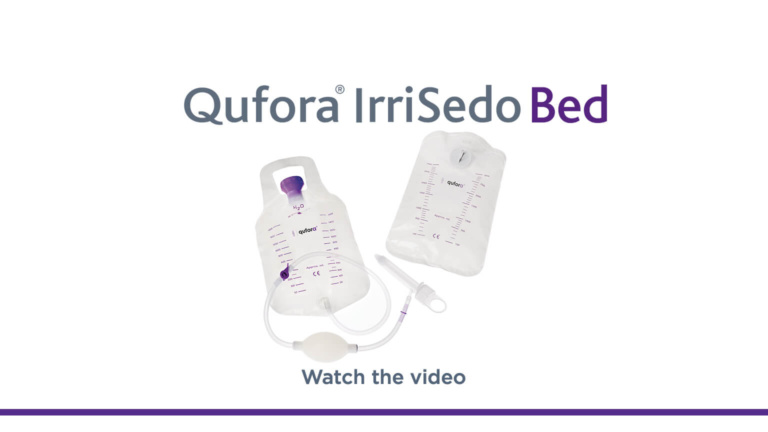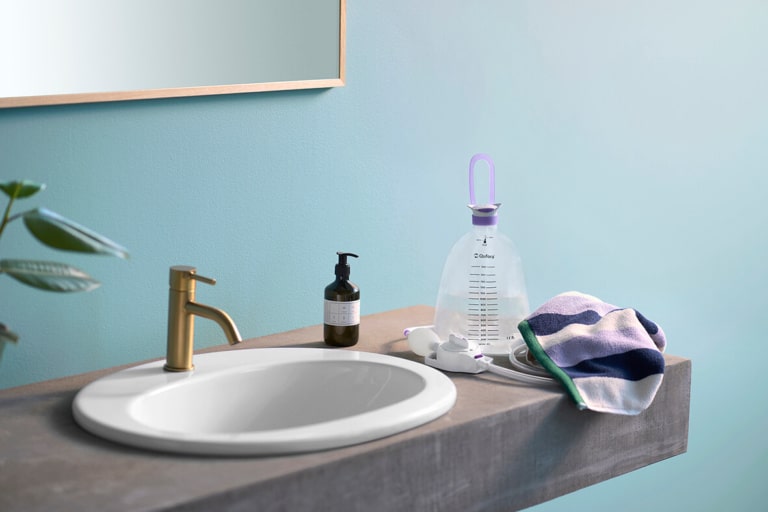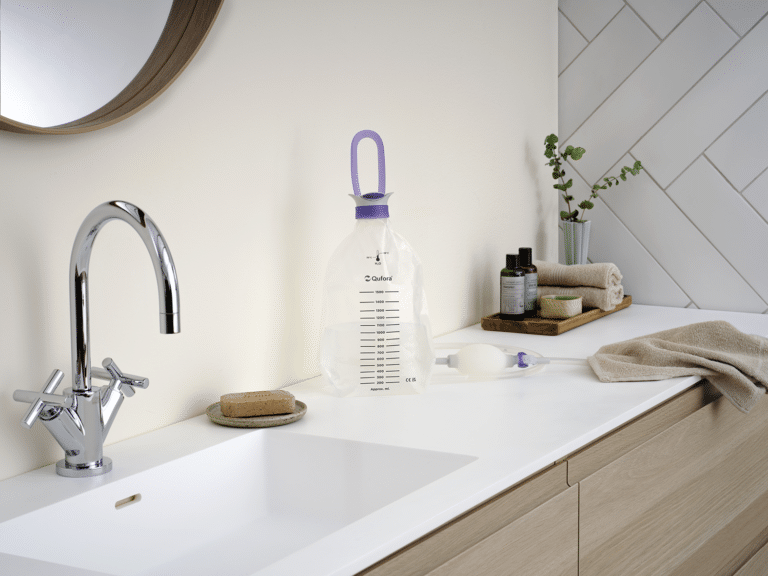Having a stoma is a life changing process. Yes, it is challenging, yes it is hard to deal with, but with the help of a Stomal Therapy Nurse (STN) you will as an ostomate over time become confident in self caring for your stoma and be able to resume your previous lifestyle.
In my 40 years of nursing I have witnessed people who have had a stoma turn their life into whatever they wanted it to be.
They have been able to resume their work life and exercise including swimming, golf, cricket, rugby, surf, ski (snow and water) and skydive. Many have continued with gardening and household chores. Women have still been able to give birth.
This enhances your quality of life and everyone deserves the opportunity to embrace life to the fullest.
What I am about to share with you is the knowledge I have gained over 30 years of working as a Stomal Therapy Nurse. I have to thank my patients and my fellow STNs who have shared their “tips and tricks” to better manage stomas and peristomal skin problems and appliance management.
When I first started working as a STN we did not have the wonderful pouches, accessories and skin technology that we are blessed to have at our fingertips today. We certainly have come a long way.
Tips and tricks I have learnt over this time will be broken down into colostomy, ileostomy and urostomy sections.
- Overall keep everything simple when caring for your stoma
- After selecting the appliance that you like, stay with it
- Order your products in a timely manner. Do not over order but also do not leave it to the last minute
- Have adequate number of stoma supplies on hand – one month backup is a good idea
- Cut your base plate or pouch to the size of your stoma
- Wash your skin with warm water and dry your skin well before applying your pouch or base plate
- Empty your pouch when 1/3 or 1/2 full
- If you have a problem or question contact your STN before the problem becomes a big issue
COLOSTOMY
- Cut a one piece pouch and/or base plate just a little bigger than the stoma (1-2 mm)
- Measure your stoma regularly. After surgery, do it weekly for 6 weeks, then monthly for 3 months, then every 3-6 months to check for change
- Eat a well balanced diet, some fibre, vegetables, fruit, protein and the odd drink! Pear juice if constipated
- Put a small rolled up toilet tissue (size of a marble) into pouch to allow stools to drop more easily down to bottom
- Warm up your base plate or pouch before fitting especially in the colder winter months e.g. put it inside your shirt against your warm body or use a hairdryer on a warm setting for 30 seconds
- If stools are dry or pancaking put olive oil/lubricant deodorant on the inside of the pouch. This will help stools slide down
- Drink 6-8 large glasses of water daily, plus tea and coffee if you desire
- Use warm water only to clean skin around the stoma (we call that the peristomal skin)
- If the pouch filter gets wet, change the pouch
- Change the pouch when 1/3 or 1/2 full
- Do not lift heavy objects – a hernia may develop
- Contact an STN if you have leakage, skin problems, pouch fitting issues, pain or bleeding from your stoma
ILEOSTOMY
- Measure your stoma every week for the first six to eight weeks so you can cut your base plate or one piece pouch to the right size (a hole 1-2 mm bigger than your stoma is ideal)
- Wash your skin with warm water only
- Dry your skin with a soft low lint towel, Chux, washer or dry with a hair dryer on a warm-cool setting
- Warm up your base plate or pouch before fitting especially in the colder winter months e.g. put it inside your shirt against your warm body
- Change your base plate or pouch in the morning before eating. This will reduce your output volume making for a better change
- Keep up your fluids. 6-8 glasses of water daily plus other fluids e.g. tea, coffee and juices
- Chew your food well and eat small meals to being with. This assists with better digestion and reduces risks of blockages
- Do not eat hard vegetables e.g. carrots, celery, corn or tough meat, pineapple, mango and coconut. These foods can cause a blockage. Reintroduce foods slowly and maintain a balanced diet of carbohydrates, vegetables, fruit and protein
- Seek help from your STN if you are experiencing leakage, skin problems, pouch fitting issues, pain or bleeding from your stoma.
UROSTOMY
- Check your stoma size regularly – monthly for the first three months then six monthly to check for changes
- Cut base plate or one piece pouch as close as possible to your stoma size (1 mm)
- Using a seal can help wear time and reduce urine leakage problems
- Wash your peristomal skin with warm water only
- Dry the peristomal skin well with a soft lint cloth, Chux or hair dryer on a cool-warm setting
- Use rolled up gauze on top of the stoma to collect urine while drying your skin
- Warm up your base plate or pouch before application
- Change your pouch early in the morning before you start drinking fluids
- If you use a night bag, connect the tubing to the bottom bed sheet, PJs or person
- Drink 6-8 large glasses of water per day (unless your doctor says otherwise)
- Change your pouch daily or base plate every 3-4 days, or if leakage occurs
- Wash your hands thoroughly before stoma care to prevent bacteria entering your stoma and developing an infection. A urinary tract infection will see your urine cloudy, smelly and you will have a reduction in your urine output. Seek a review with the GP if issues
- Seek help from an STN if you have skin problems, pouch issues or bleeding from your stoma
- Have a yearly review with an STN






